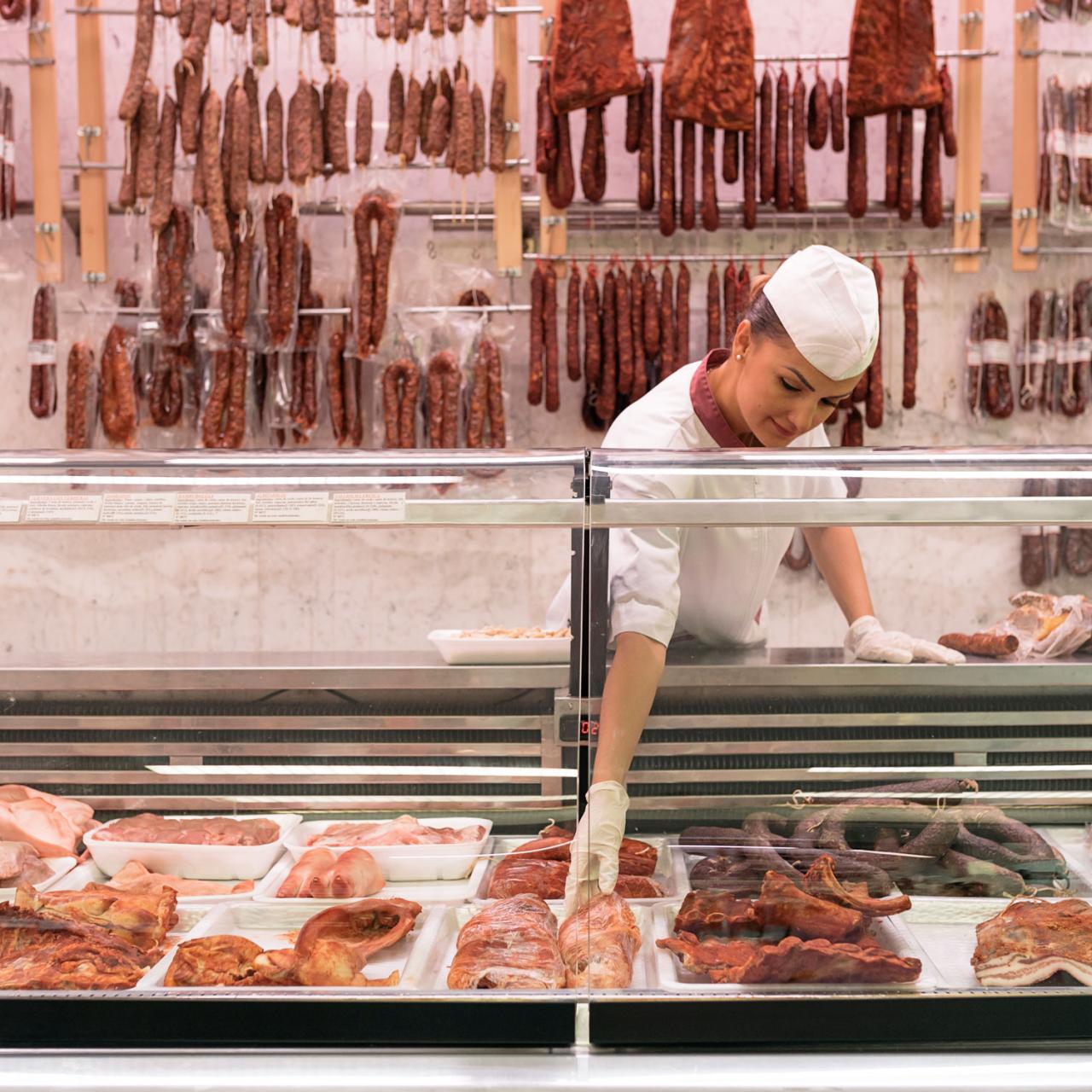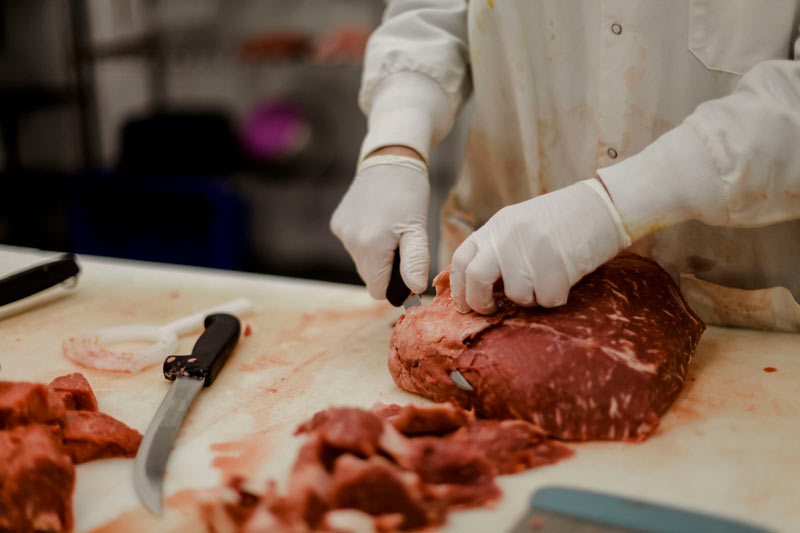From Ranch to Table: Accepting the Tradition of Meat Markets and Butcheries
In a period dominated by convenience and automation, there exists a quiet revolution occurring in the culinary world - a return to the origins of food sourcing with the practice of meat markets and butcheries. These facilities, often forgotten in the shadow of supermarkets, are experiencing a revival as critical consumers look for quality, traceability, and a link to the beginnings of their food. However what is driving this change back to the means of old? The solution depends on the junction of heritage practices, honest factors to consider, and a need for a much more authentic gastronomic experience.
The Rebirth of Meat Markets
The renewal of meat markets across different communities suggests a change in the direction of a renewed recognition for locally sourced, high quality meats. Over the last few years, customers have come to be more mindful of the origins of their food, leading to an expanding demand for openness and sustainability in the meat industry. This pattern has actually led the way for the revival of conventional meat markets and butcheries, where customers can straight engage with well-informed butchers and resource their meat from nearby ranches.
Among the crucial driving variables behind this resurgence is the desire for better and fresher products. By buying meat from regional markets, customers can make sure that they are obtaining fresh cuts that have not taken a trip lengthy distances or been being in storage for extended periods. Additionally, sustaining local meat markets aids strengthen the regional economic situation and promotes neighborhood links.

Craftsmanship in Butcheries
With the rebirth of meat markets stressing quality and sustainability, the emphasis shifts in the direction of identifying the intricate workmanship showed in modern butcheries. Workmanship in butcheries goes past simply reducing meat; it symbolizes an ingrained practice of knowledge and precision in handling various cuts of meat. Bagley Farms Meat Market. Butchers, commonly trained for several years, possess a wealth of expertise on the anatomy of animals, blade skills, and the art of breaking down carcasses efficiently

In modern butcheries, workmanship is noticeable in the way butchers meticulously source their meat, guaranteeing high requirements of high quality and honest methods. They take pride in comprehending the provenance of the meat they offer, functioning closely with regional farmers and vendors to use consumers complete transparency and traceability.
Furthermore, craftsmanship in butcheries extends to the presentation of meat. Butchers masterfully prepare cuts that not just boost flavor but likewise showcase the natural elegance of the meat. The art of butchery is a mix of custom and innovation, where regard for the animal and commitment to the craft result in exceptional products that genuinely attract attention in today's market.
In Your Area Sourced Meat Top Quality

Locally sourced meat offers numerous advantages, consisting of fresher products, assistance for local farmers, and decreased ecological effect due to reduced transport ranges - Bagley Farms Meat Market. By buying meat from nearby ranches and butcheries, customers can have extra confidence in the high quality and safety of the products they are getting

Farm-to-Table Buying Experience
In the world of locally sourced meat top quality, the farm-to-table purchasing experience offers consumers a straight connection to the beginnings of their food - Bagley Farms Meat Market. This one-of-a-kind purchasing experience permits clients to map the journey of their meat, from great site the ranch where the pets were raised to the table where it will be enjoyed. By participating in farm-to-table purchasing, people can acquire a much deeper understanding of the farming practices, pet well-being requirements, and sustainability initiatives associated with creating their meat
One of the crucial benefits of the farm-to-table buying experience is the openness it supplies. Consumers have the chance to interact with neighborhood farmers and butchers, asking questions concerning the meat they are discovering and purchasing regarding the specific cuts offered. This straight communication cultivates trust fund between consumers and manufacturers, making sure that people are positive in the high quality and origins of the meat they are bringing home. Furthermore, the farm-to-table buying experience typically advertises a sense of community, as customers support local services and agriculture, strengthening the bond between country and urban locations.
Practice Meets Modern Culture
The merging of traditional meat markets and butcheries with modern-day culture offers an unique possibility for the conservation of artisanal practices in a modern context. While modern improvements have actually transformed numerous industries, the essence of traditional meat markets and butcheries continues to be deeply rooted in history and craftsmanship. This mix of tradition and modernity permits the continuation of time-honored strategies while adapting to the needs and preferences of today's consumers.
In today's fast-paced world, where convenience frequently defeats high quality, there is an expanding admiration for the heritage and credibility that typical meat markets and butcheries supply. Customers are increasingly looking for transparency in the sourcing and production of their food, leading them back to the individualized solution and know-how located in these facilities. Furthermore, the focus on sustainability and moral techniques lines up with the read more worths upheld by several conventional meat markets and butcheries, fostering a sense of neighborhood and responsibility in the direction of the atmosphere.
As society remains to advance, the coalescence of tradition and modernity in meat markets and butcheries not just ensures the conservation of artisanal methods however also enriches the culinary landscape with a mix of heritage and advancement.
Conclusion
In final thought, the practice of meat markets and butcheries is experiencing a revival in contemporary culture. These establishments provide in your area sourced meat of high top quality, offering a farm-to-table purchasing experience for consumers.
In an era dominated by benefit and mass production, there exists a silent transformation taking location in the culinary globe - a return to the roots of food sourcing with the tradition of meat markets and butcheries.The resurgence of meat markets across numerous communities suggests a shift towards a restored admiration for locally sourced, high quality meats.With the resurgence of meat markets stressing high quality and sustainability, the emphasis changes towards identifying the intricate craftsmanship displayed in modern butcheries. Craftsmanship in butcheries goes beyond simply cutting meat; it embodies a deep-rooted tradition of know-how and precision in taking care of various cuts of meat.In today's fast-paced globe, where convenience typically surpasses high quality, there is an expanding admiration for the heritage and authenticity that conventional meat markets and butcheries supply.